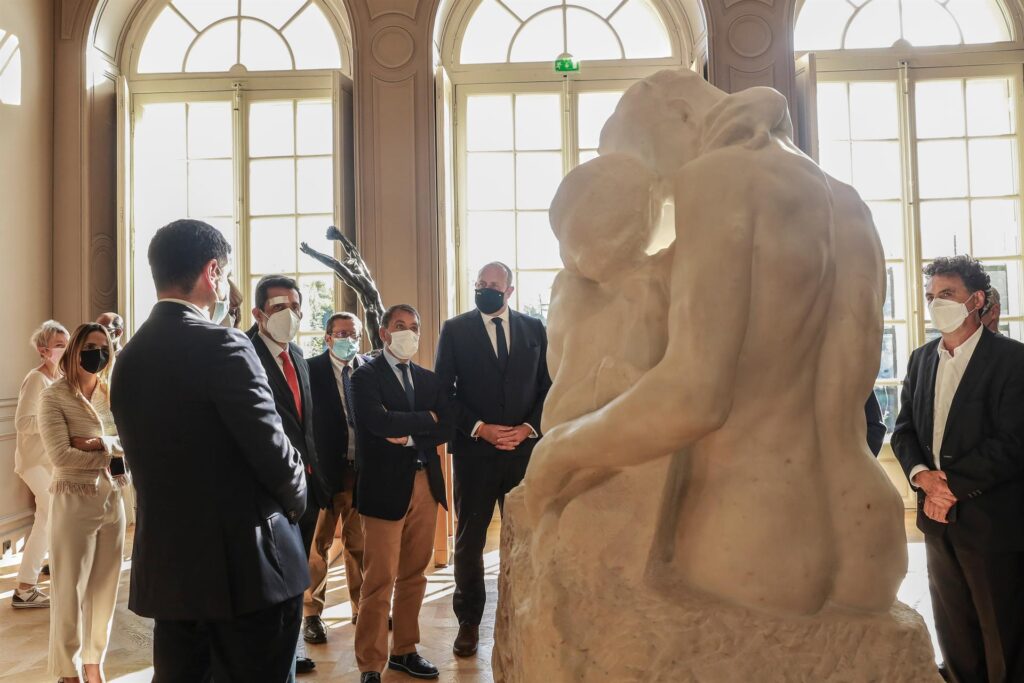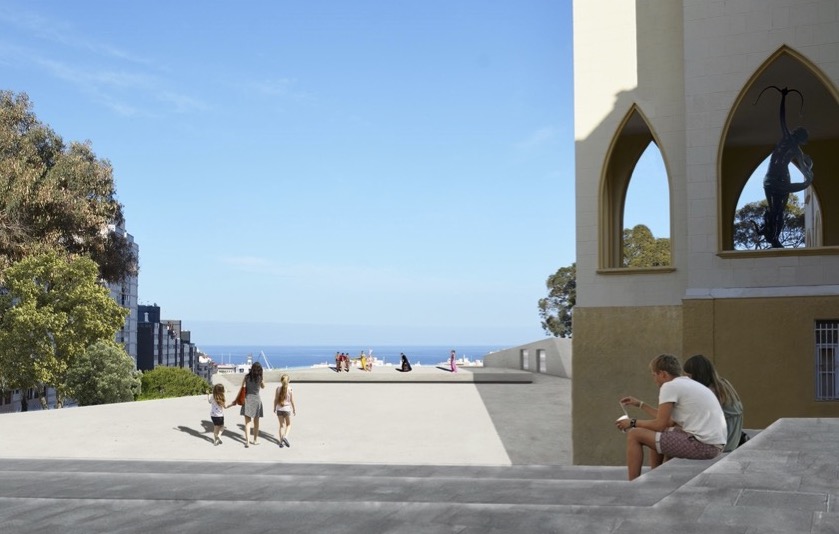Rodin Museum will establish its third seat within a park redesigned by Fernando Menis
Rodin Museum will establish its third seat in the Canary Islands within the Viera y Clavijo Cultural Park of Tenerife, an emblematic landscape and cultural space whose rehabilitation is being carried out by the architect Fernando Menis.
History and context
Historically, the Viera y Clavijo Cultural Park represents a highly valuable landscape and cultural space of Santa Cruz de Tenerife. Built in 1903 with a design by the architects Mariano Estanga and Manuel Pintor, it took the name of the botanist José Viera y Clavijo and has been used as a cultural complex, made up of the Pérez Minik Theater and the Colegio de la Asunción, an old neo-Gothic church founded by Belgian nuns, later transformed into the first school for girls in Tenerife, which was in operation until 1978. The only example of a Gothic religious building in the city, the School has the category of Asset of Cultural Interest of the Canary Islands (Historic Artistic Monument) since 1986.
The park houses extensive gardens that contain some botanical jewels such as its immense Ceiba (Ceiba pentandra), a tree of Caribbean origin whose crown extends over a diameter of more than 20 meters. In its shadow, the former students of the school received classes in the middle of the 20th century, enjoying the island’s good weather. In the gardens, there is also the bronze sculpture by Joan Miró, the Femme Bouteille or Colosal Insecto, which was donated to the city of Santa Cruz in the mid-1970s as a result of the 1st International Street Sculpture Exhibition.
Fernando Menis’s rehabilitation project
After its rehabilitation, the new Viera y Clavijo will be a green and open public space spread over 15,000 m2 in the heart of Santa Cruz de Tenerife. It will be equipped with infrastructures highly adaptable to cultural, educational and leisure programs that intend to recover the prominent place that this space has had in the culture and history of the island.
Thus, it will house the second Rodin Museum in Europe: in addition to the headquarters in Paris, there are only two other spaces dedicated exclusively to the French artist on the planet: the Rodin Museum in Philadelphia, United States and a wing dedicated to the sculptor in the Museum Shizuoka Prefecture, Japan. The Rodin Museum in Tenerife will become the third in the world dedicated exclusively to the French sculptor. The Rodin Museum will be completed with a space for temporary exhibitions that should give visibility to local artists, in addition to creating the opportunity for a future International Center for Modern and Contemporary Sculpture.
At the core of Menis’s project is the respect for the pre-existence, both the existing architecture of the building and the surrounding nature – the vegetation and the ravine – taking into account, however, the developer’s brief, which requires the rehabilitation of the main building, the construction of underground parking lots and a solution for the Pérez Minik Theater, either by demolishing or by rehabilitating it.
In the first phase, the old School will be rehabilitated and the current park will be expanded in the form of a green ring. A small Ceibas forest will be planted to accompany the existing specimen. Recovering a practice that already existed in the old School, educational urban orchards will also be included. In a posterior stage, the old Pérez Minik Theater will be approached: Menis proposed consolidating the existing ruin as theatrical infrastructure, but given that there are already enough similar theaters in the city, he proposes a multifunctional BlackBox room.
The philosophy of the Km0 architecture is applied as an economic and sustainability strategy: the design favors up cycling and using what already exists in the environment, from materials and techniques to local workers and craft. The Circular Economy is prioritized through the use of recycled aggregate, limestone and picón (local volcanic stone). The consumption of accessible materials on site such as concrete, not only does reduce the impact of CO2 but it also contributes to maintaining the local companies. The design is based on the use of natural elements such as day light, trade winds for cross ventilation and the collection of rainwater. Materials that improve with aging will also be used to ensure low-cost maintenance in time.

 Español
Español


